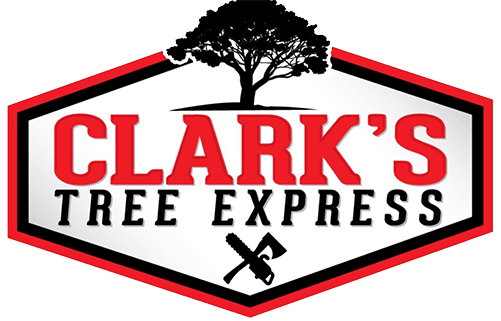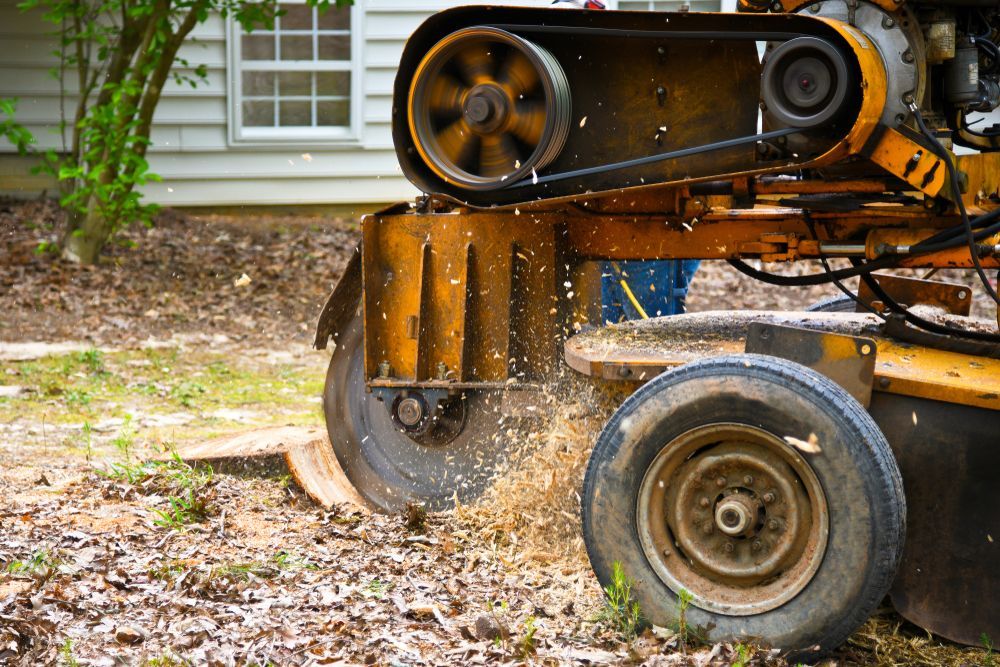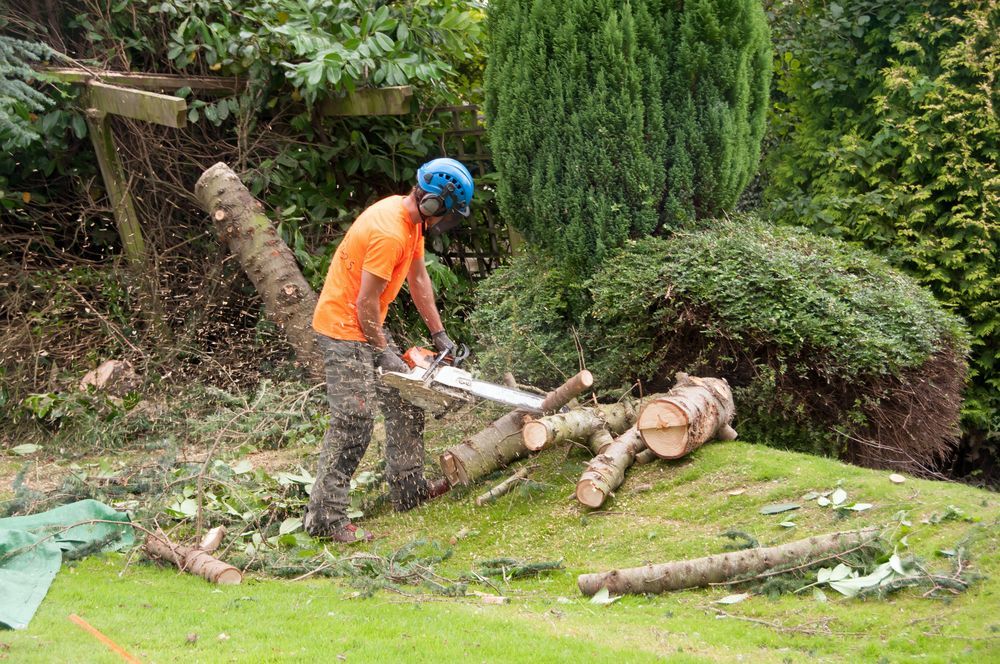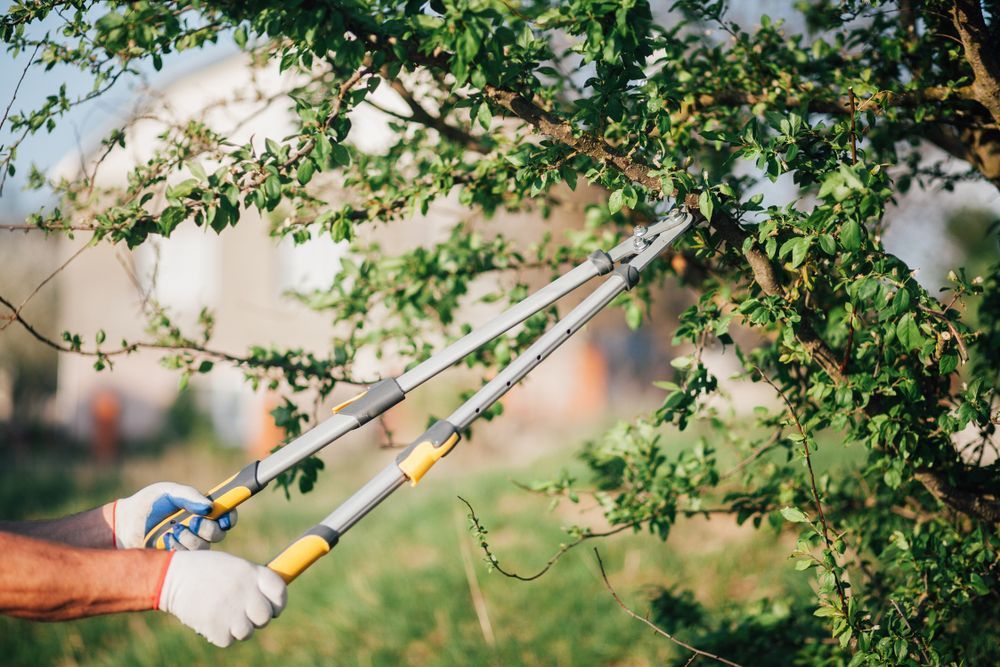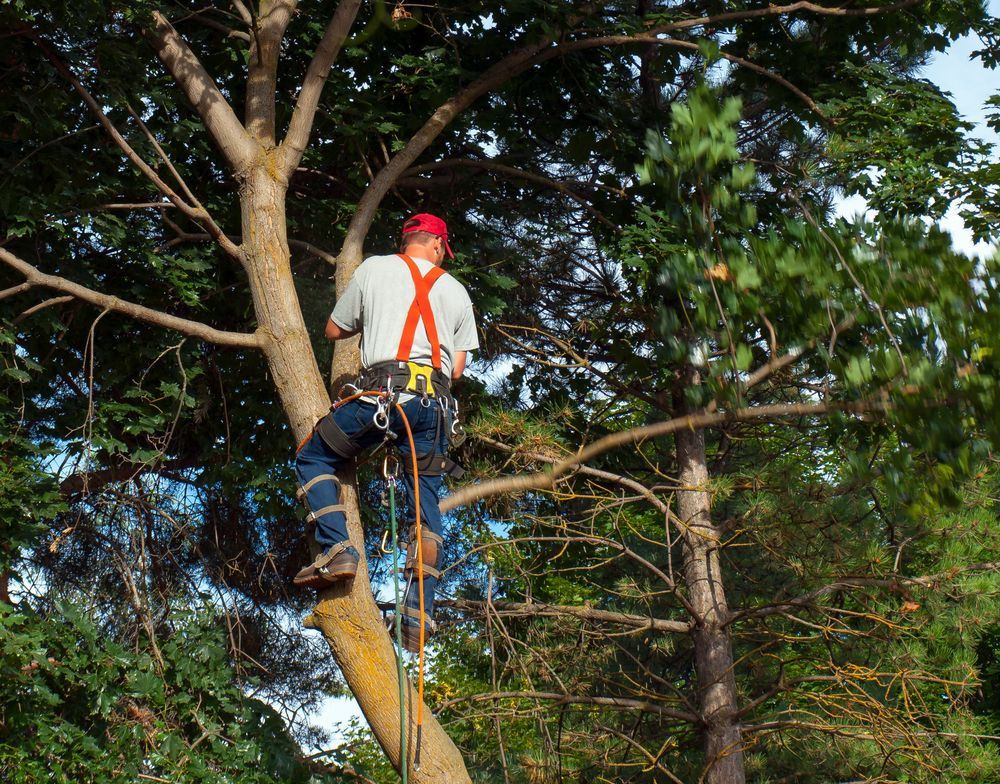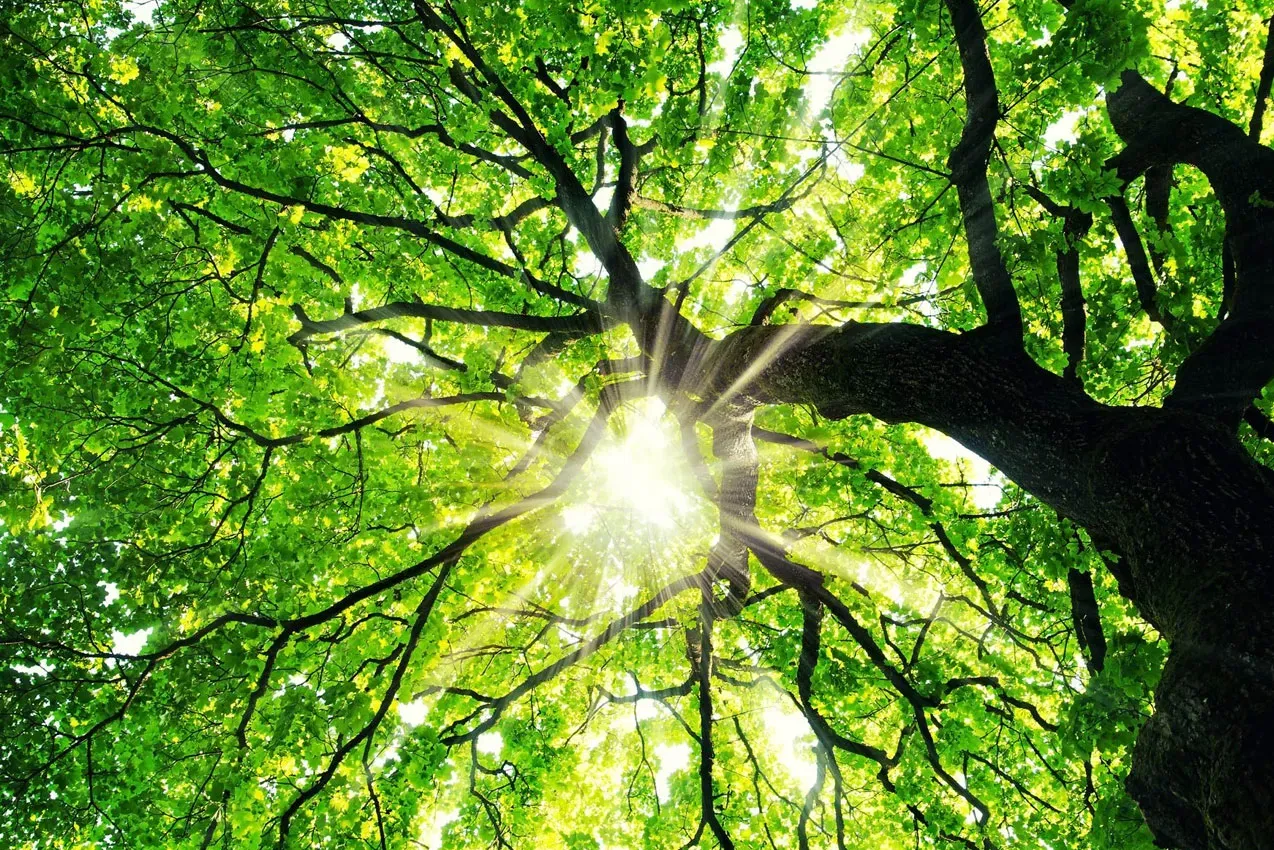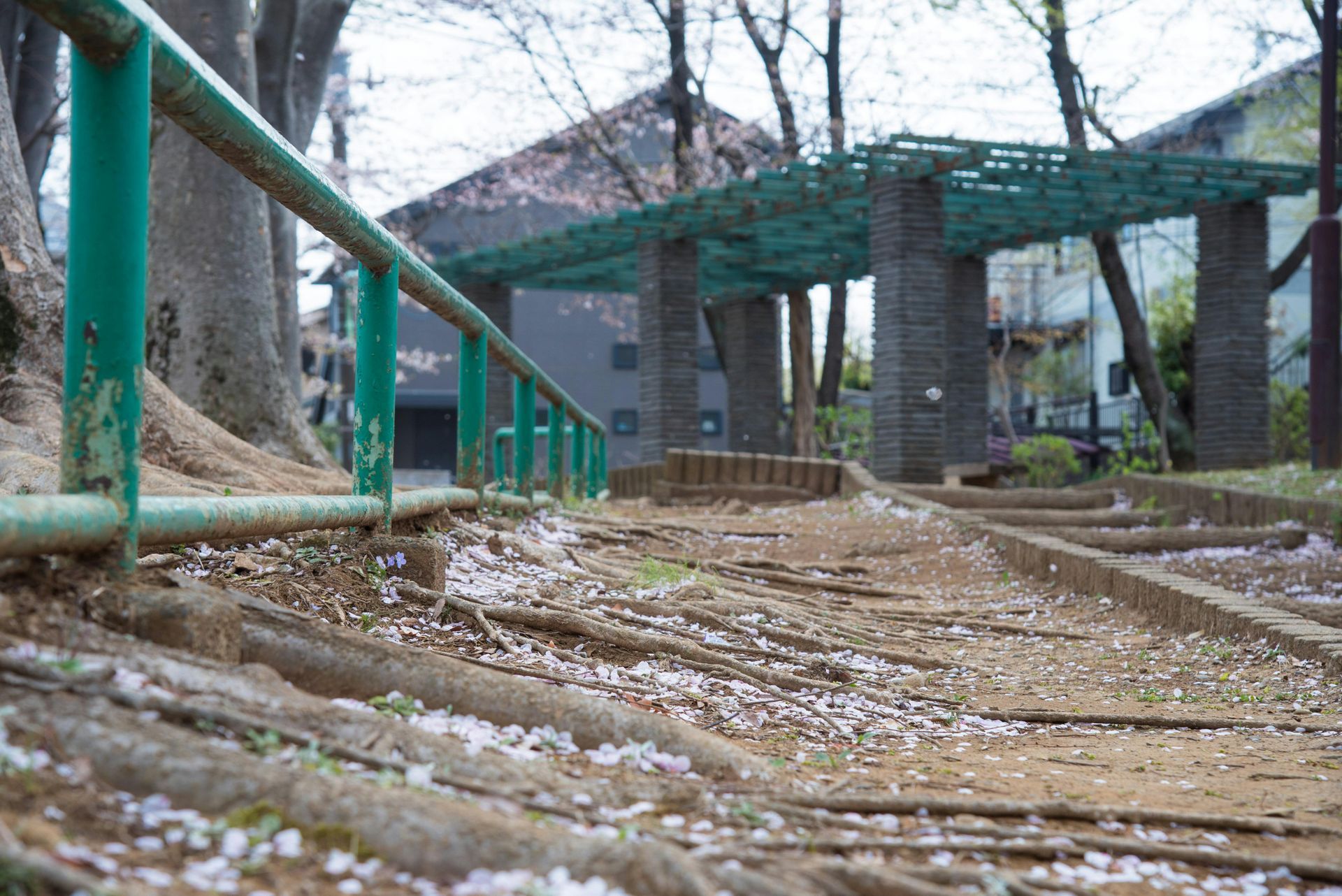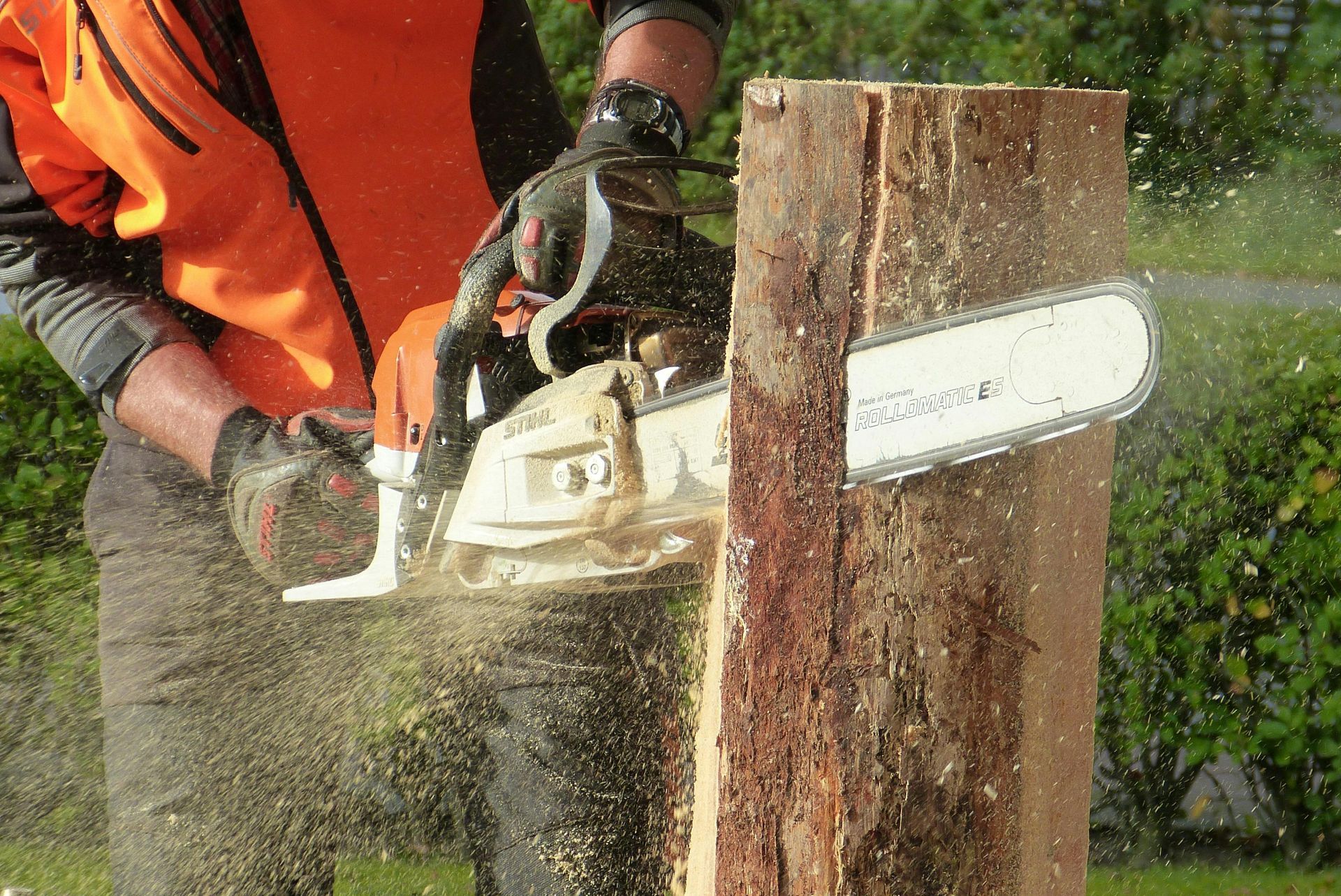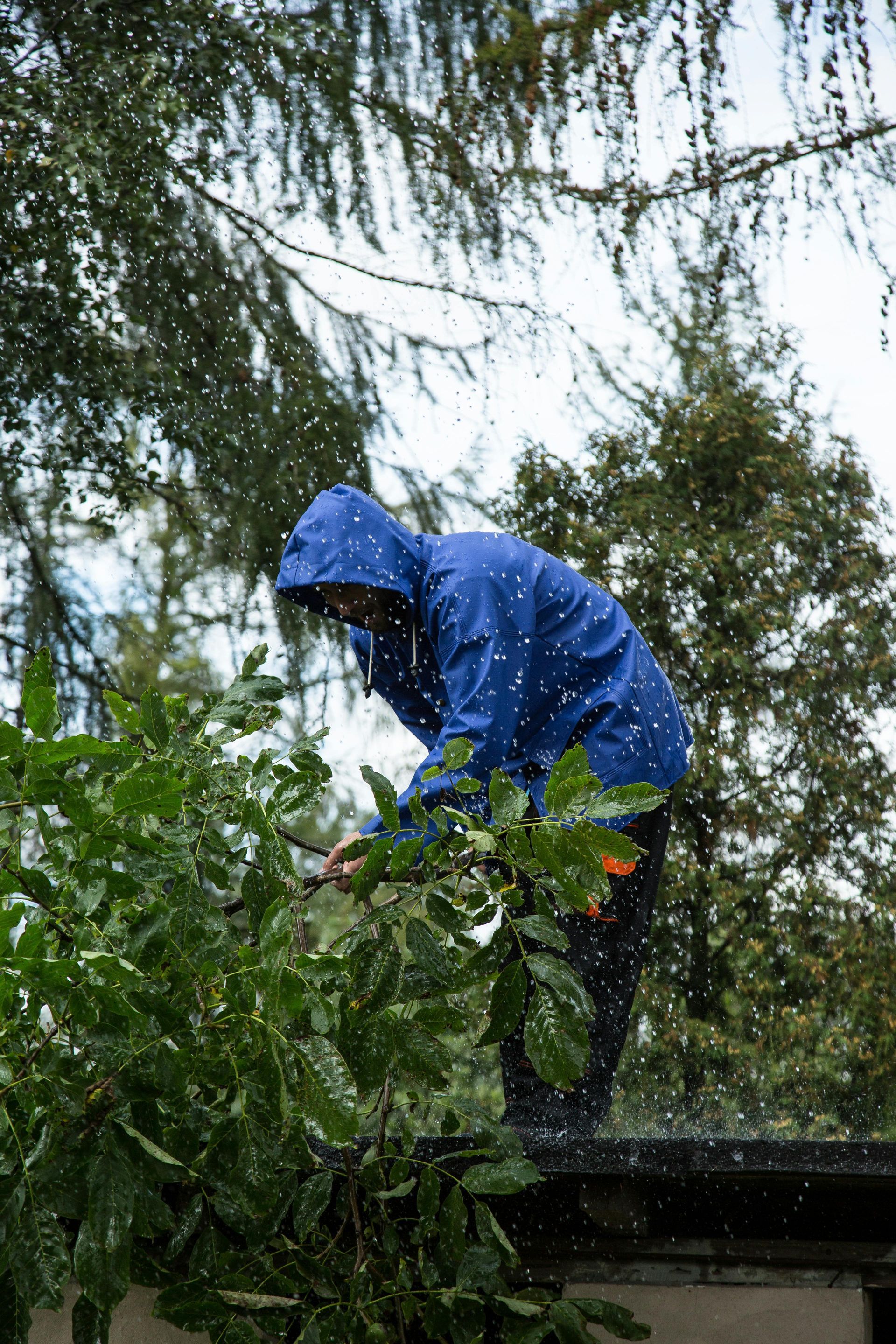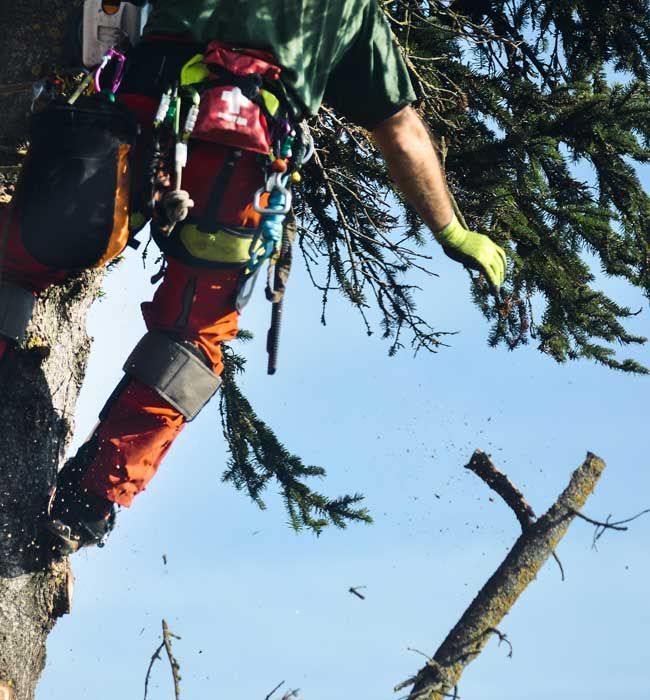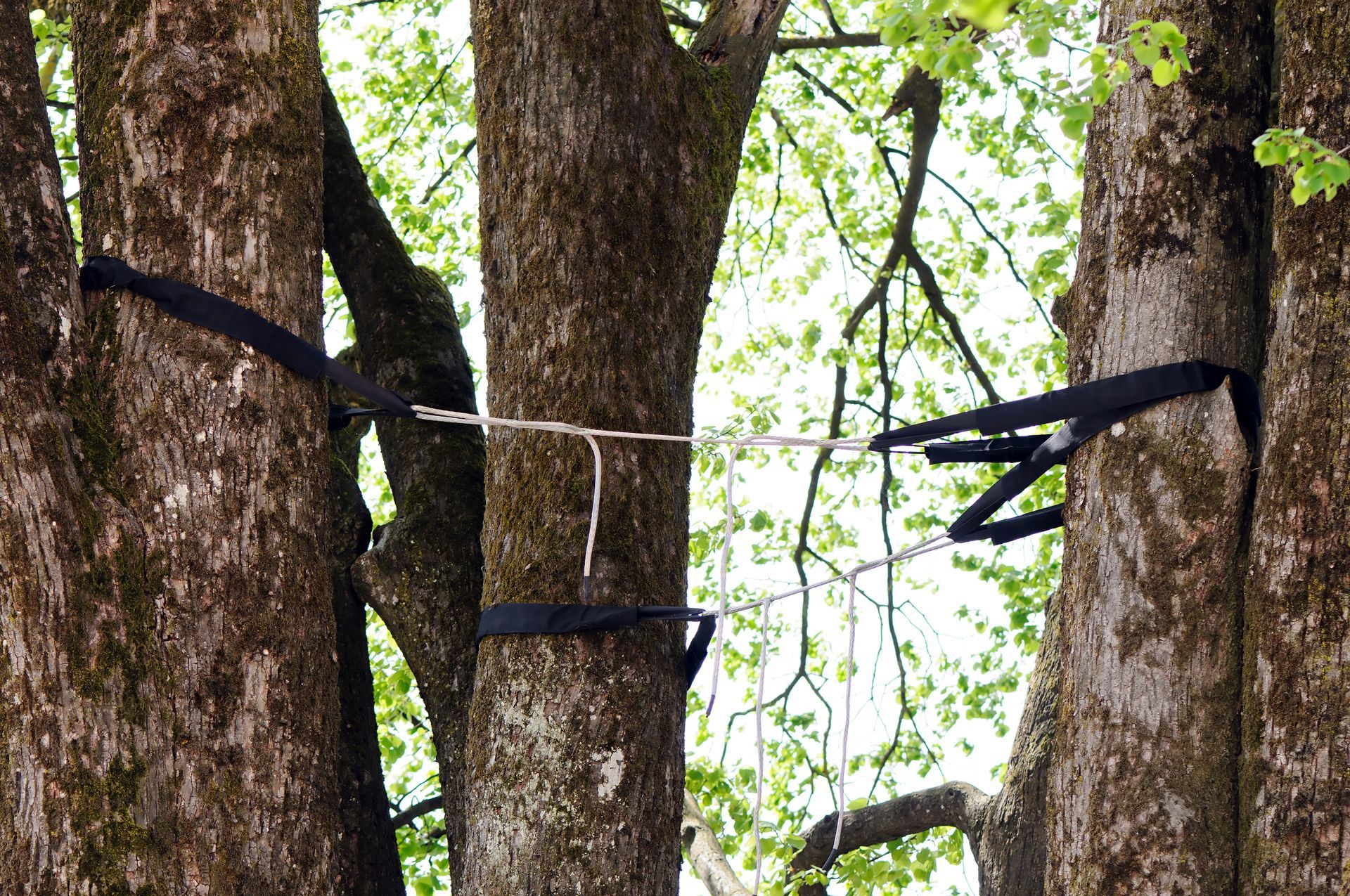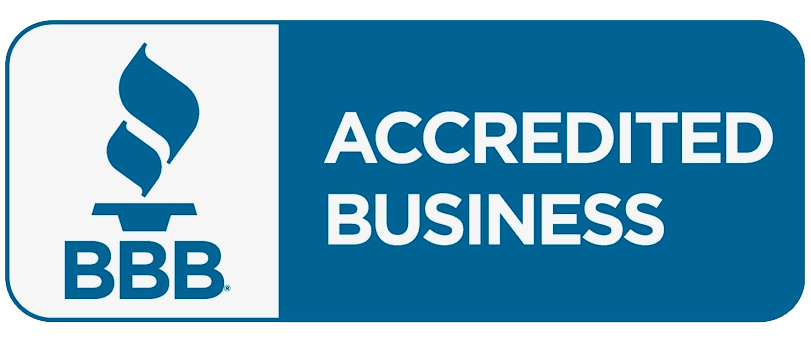The Ultimate Guide to Emergency Tree Removal: Navigating Storm Damage and Immediate Hazards
In the quiet aftermath of a storm, you're met with a scene of disarray: branches scattered, leaves blanketed across the yard, and a once-sturdy tree now lying defeated. This picture is all too familiar in many communities, reflecting the harsh reality of storm-induced tree falls. Such events not only cause significant property damage but also pose serious hazards. Faced with this chaos, you may wonder, "What now?"
Welcome to your essential guide to navigating the aftermath of storm damage, fallen trees, and immediate hazards. Our goal is to provide you with actionable, expert advice to manage
emergency tree removal safely and effectively. Whether it's assessing damage, contacting emergency services, or engaging with professional tree removal services, this guide is here to help. Let's dive in.
Immediate Safety Measures
Prioritize Safety First
The moment you notice a fallen tree, your first action should be to ensure everyone's safety. If the tree poses an immediate risk—whether it's due to unstable structures, potential interaction with electric lines, or blocking essential escape routes—keep a safe distance. Resist the urge to inspect or solve the situation on your own, especially if the tree is still making noises, which could indicate it's not yet fully settled.
Damage Evaluation Tips
After securing personal and public safety, assess the damage from a safe viewpoint. Look for any structural damage the tree might have caused, check if it's blocking important pathways, or if it has become entangled with power lines.
When it's safe, document the scene with photos or videos. This visual evidence is crucial for insurance claims and professional assessments. Try to capture a comprehensive view of the damage, including wide shots of the entire scene and close-ups of specific damages. If accessible, aerial photos from a drone can offer a full perspective of the affected area, highlighting the extent of the damage in ways ground-level shots cannot.
This initial step is not just about understanding the scale of the damage but also preparing for the next stages of dealing with the emergency. Keeping a cool head and methodically documenting everything will serve you well in the long run.
When to Contact Emergency Services
Identifying When to Call 911
In certain situations, the involvement of emergency services becomes crucial. If the fallen tree is obstructing access to roads, posing a risk to public safety, or has damaged critical infrastructure like power lines, it's time to dial 911. Emergency responders can assess the situation and take necessary actions to mitigate hazards, ensuring the safety of everyone involved.
Utility Hazards
Fallen trees can often become tangled with power lines, creating a dangerous scenario. If you encounter this, do not attempt to touch or move the tree or the lines. Instead, contact your local utility company immediately. They have the expertise and equipment to handle such situations safely. Reporting downed power lines or gas leaks is not just about resolving your issue but also about preventing potential accidents in your community.
This step underscores the importance of recognizing when a situation is beyond personal handling and requires professional intervention. By identifying and acting upon these scenarios promptly, you contribute to the safety and well-being of your neighborhood.
Securing the Hazard Zone
Public Safety Alerts
Once you've identified a fallen tree posing a hazard, your next step is to secure the area to prevent accidents. If the tree is on or near your property, use caution tape or signs to warn others of the danger. This simple act can significantly reduce the risk of injuries by keeping curious bystanders and neighbors at a safe distance until professional help arrives.
Utility Company Coordination
If the fallen tree has affected utility lines (power, gas, telephone, etc.), it's imperative to alert the respective utility companies immediately. These organizations are equipped to safely address such hazards, ensuring that the risk of further damage or injury is minimized. When you report the incident, provide as much detail as possible about the location and nature of the hazard to expedite their response.
Securing the hazard zone and coordinating with utility companies are critical steps in managing the aftermath of a storm. They not only ensure the safety of the immediate area but also facilitate the smooth operation of emergency and utility services. Taking these proactive measures can make a significant difference in the overall safety and recovery process.
Call a Professional Tree Removal Service
After addressing immediate dangers and securing the area, the next step involves removing the fallen tree, a task best left to professionals. Here's how to proceed:
Choosing the Right Service
Selecting a qualified tree removal service is crucial. Look for companies that offer:
- 24/7 availability: Emergencies don't wait for business hours. Choose a service that can respond promptly, day or night.
- Proper insurance and licensing: This protects you in case of accidents or damages during the removal process.
- Experience with storm damage: Companies familiar with emergency situations are likely to handle your case more efficiently.
- Positive customer reviews: Look for feedback from previous clients to gauge the company's reliability and quality of work.
Get Quotes and Compare Services
Don't rush into hiring the first service you find. Instead, obtain quotes from several companies to compare pricing, services offered, and response times. This step ensures you get the best value for your money and that the job is done right.
Be Cautious of Scams
Unfortunately, emergencies often attract opportunists looking to exploit those in need. Be wary of unsolicited offers from tree removal services, especially those without proper credentials or those offering deals that seem too good to be true. Always verify a company's background before hiring.
Documenting the Incident for Insurance Claims
Dealing with the aftermath of a storm and a fallen tree often involves navigating insurance claims. Proper documentation is key to a smooth process.
Effective Documentation
As soon as it's safe, start documenting the damage:
- Take photos and videos: Capture various angles of the fallen tree, the damage it caused, and any hazards it presents. This evidence is crucial for insurance claims and professional assessments.
- List damaged property: Create a detailed inventory of damaged structures, vehicles, or other property for insurance purposes.
Navigating Insurance Claims
Contact your insurance company promptly to report the incident. They will guide you through the claims process, but here are some general tips to keep in mind:
- Understand your coverage: Familiarize yourself with your policy's terms regarding fallen trees and storm damage. Coverage can vary widely.
- Provide detailed documentation: Submit your photos, videos, and property damage list to your insurer. The more detailed your documentation, the smoother the claims process.
- Follow up regularly:
Insurance claims can take time. Regular communication with your insurer can help keep things moving.
Additional Considerations
In the aftermath of a storm and dealing with fallen trees, there are a few more points to keep in mind to ensure a comprehensive approach to safety and recovery.
Scam Awareness
Emergencies tend to attract not only those looking to help but also individuals aiming to exploit the situation. Be vigilant about who you trust with the tree removal and repair work. Here are some tips to avoid falling victim to scams:
- Research: Always check the credentials and reviews of any service company you consider hiring.
- Referrals: Ask neighbors, friends, or family for recommendations of trusted professionals they've used in the past.
- Beware of high-pressure sales tactics: Reputable companies understand that you need time to make an informed decision and won't pressure you to act immediately.
Seek Professional Advice
If you're unsure about the extent of the damage or the necessary steps for repair and cleanup, consider consulting with a certified arborist or a construction professional. They can provide valuable insights and recommendations tailored to your specific situation. This could include assessing the health of remaining trees, preventing future damage, or structural repairs to your property.
Conclusion
Navigating the aftermath of storm damage, especially when it involves fallen trees and immediate hazards, requires a calm, informed approach. By prioritizing safety, accurately assessing the damage, engaging with professionals, and carefully documenting the incident, you can manage the situation effectively. Remember, the goal is not just to remove the fallen tree but to restore safety and normalcy to your property and community.
While the process may seem daunting, equipped with the right information and resources, you can confidently tackle the challenges posed by emergency tree removal. Stay safe, stay informed, and don't hesitate to seek professional help when needed.
Call to Action
Prepare an emergency plan today, including identifying professional tree removal services and emergency contacts. Knowing what to do and who to call can make all the difference when faced with the unexpected.
When facing the aftermath of a storm or simply in need of professional tree care, Clark's Tree Express stands out as the go-to service in Huntersville, NC. With over four decades of dedicated service since 1975, they've built a reputation for excellence in tree removal, pruning, stump grinding, and planting. Their team of experts understands the unique needs of each tree, ensuring personalized care that keeps your trees healthy and your property beautiful.
Clark's Tree Express is especially proficient in handling storm damage tree removal—a crucial service when severe weather strikes. Their equipped and experienced team is ready to tackle fallen or damaged trees, prioritizing your safety and property recovery. For comprehensive,
expert tree services that meet your every need, Clark's Tree Express is the call to make.
